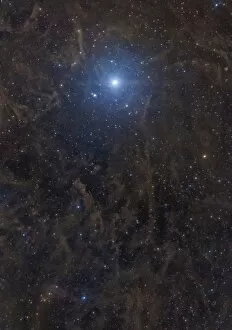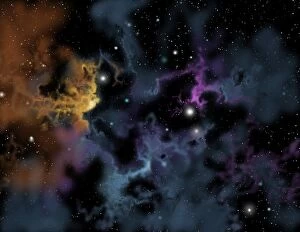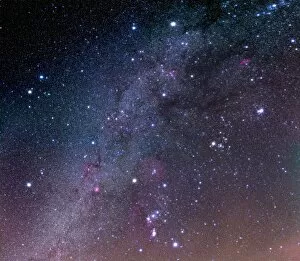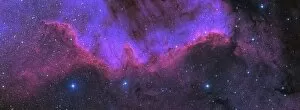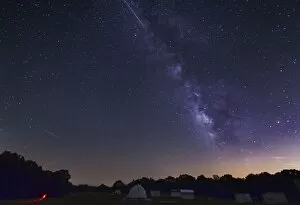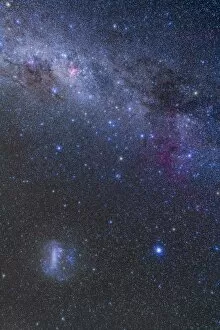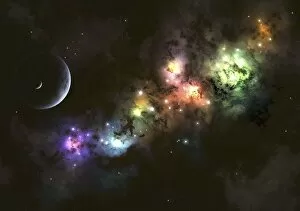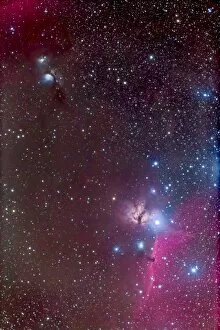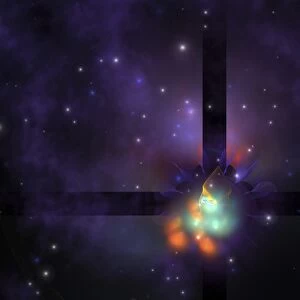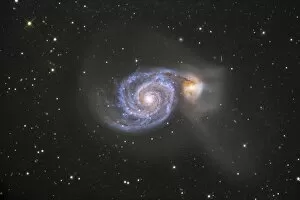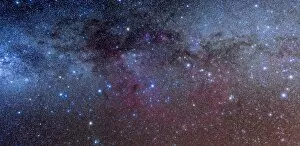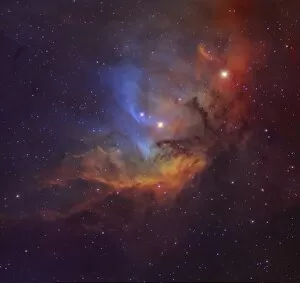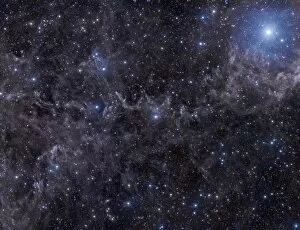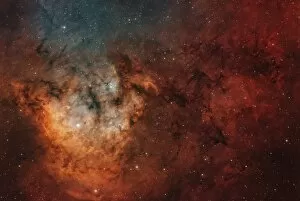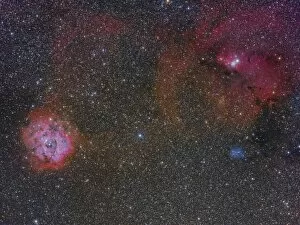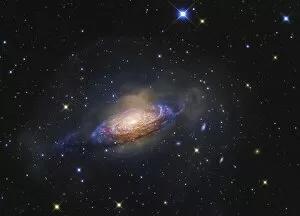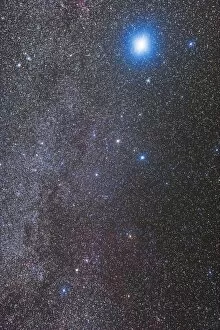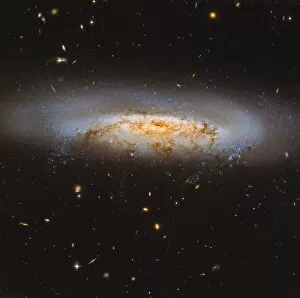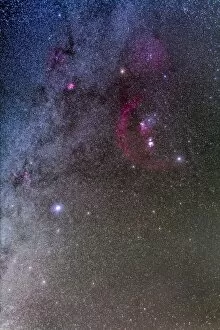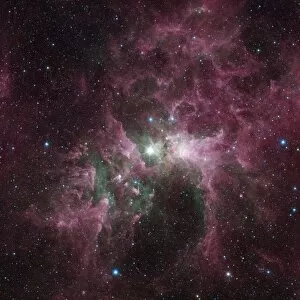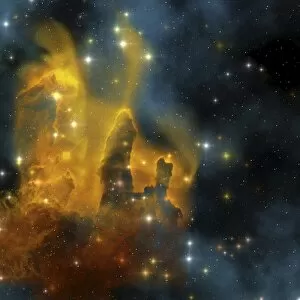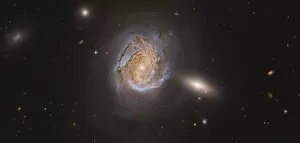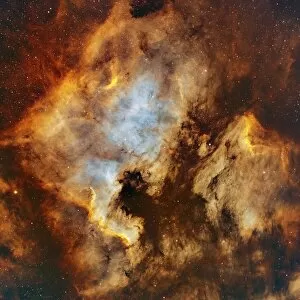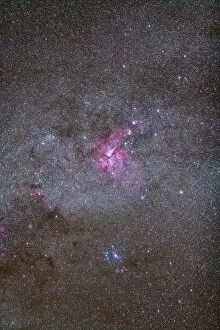Stellar Nursery Collection (#3)
"Exploring the Cosmic Cradles: A Journey through Stellar Nurseries" Embark on a celestial voyage to witness the birthplaces of stars
For sale as Licensed Images
Choose your image, Select your licence and Download the media
"Exploring the Cosmic Cradles: A Journey through Stellar Nurseries" Embark on a celestial voyage to witness the birthplaces of stars, where galaxies unveil their most breathtaking creations. In the depths of Serpens lies M16, The Eagle Nebula, adorned with ethereal pillars known as the Pillars of Creation - an artistic masterpiece crafted by cosmic forces. Venturing further into space, we encounter the mesmerizing Ring Nebula M57, its vibrant hues captivating our senses. Hubble's lens unveils C017/3725 — a window into this stellar nursery's intricate dance of creation and destruction. As we traverse Orion's vast expanse, M42 and M43 emerge like celestial beacons amidst swirling gases. Here in these nebulous realms lie countless protostars yearning to ignite and illuminate their surroundings. IC 2177 beckons us next; behold the Seagull Nebula spreading its wings across interstellar landscapes. Within this avian spectacle lies a symphony of star formation that echoes throughout space and time. The constellations Auriga reveal two remarkable clusters: The Pinwheel Cluster and Starfish Cluster. These stellar gatherings showcase nature's penchant for intricately arranging newborn stars in stunning patterns against an endless backdrop. In Vela's heart resides the Vela supernova remnant within the Gum Nebula area—a testament to cataclysmic events shaping new beginnings. Witness remnants intertwining with nascent stars as they paint a picture of cosmic resilience. Our journey takes us towards distant horizons where whirlpool galaxy M51 embraces its companion galaxy in an eternal gravitational embrace—a reminder that even amid chaos, beauty can arise from harmony. The Tarantula Nebula unravels before our eyes—an explosive cauldron brimming with star formation at every turn—nature's grandest fireworks display igniting awe within our souls.


